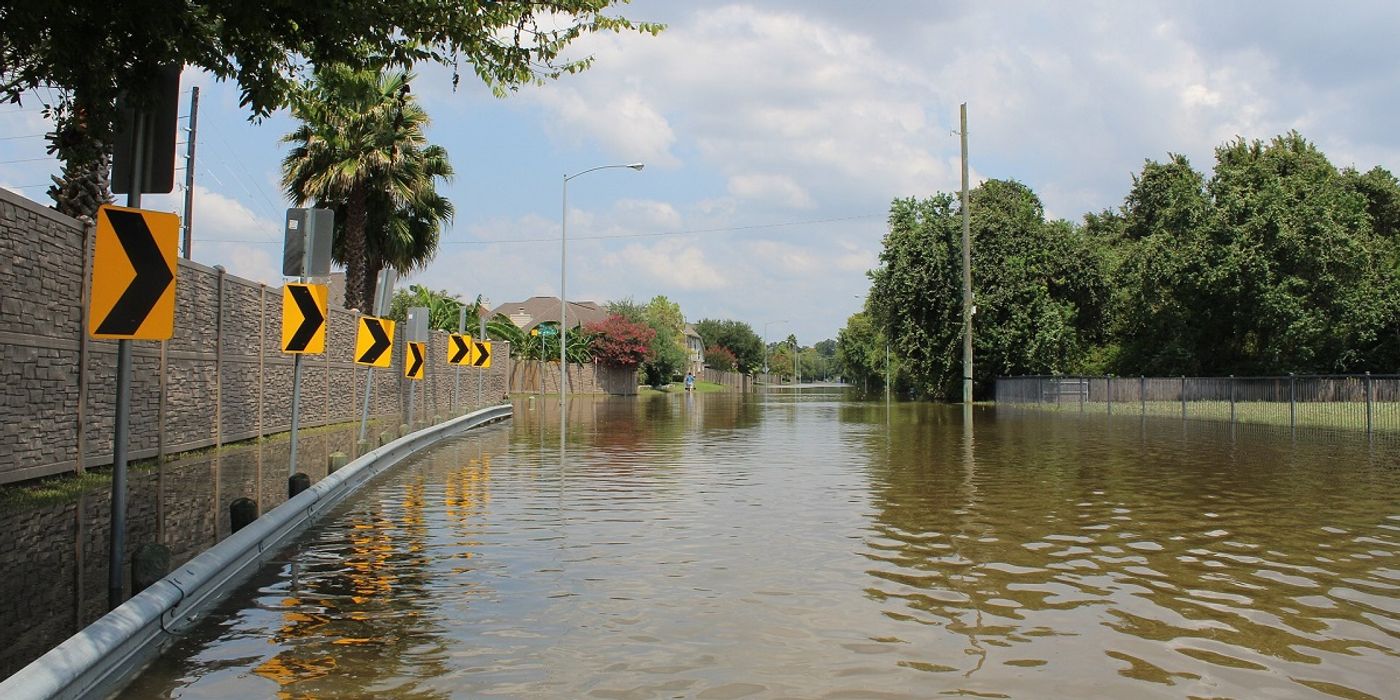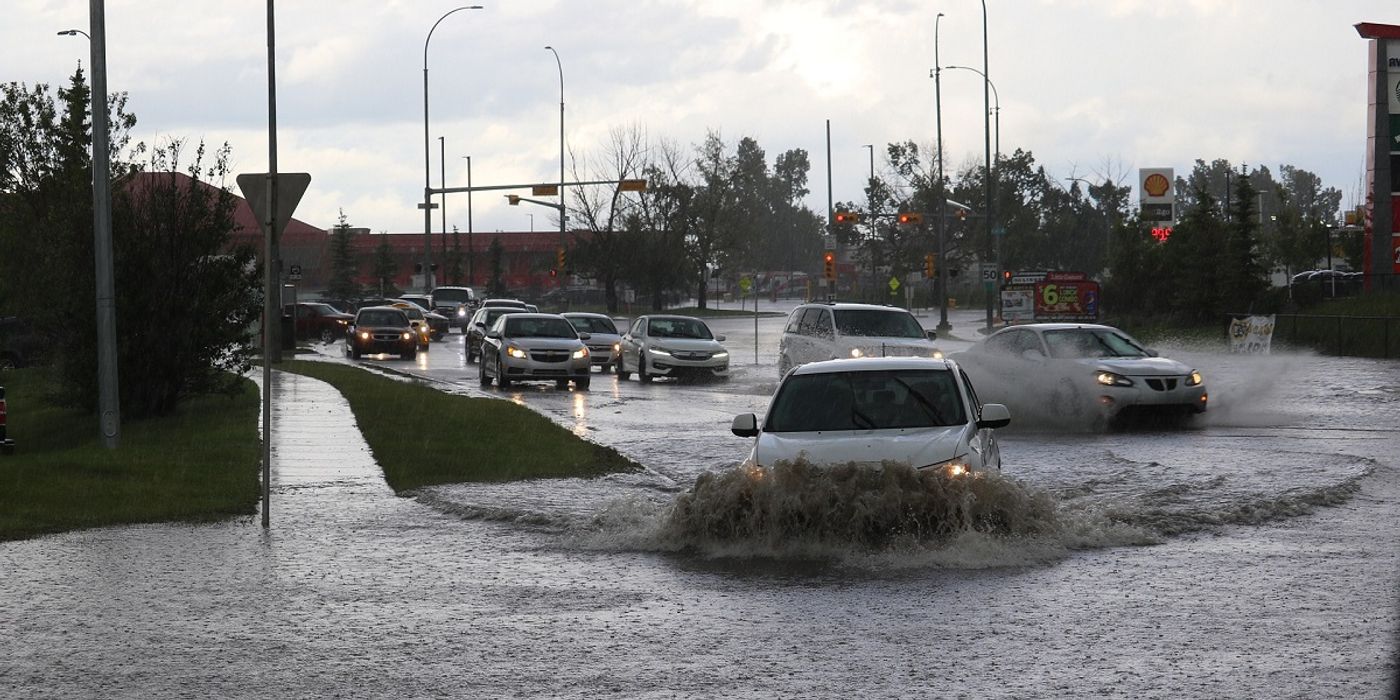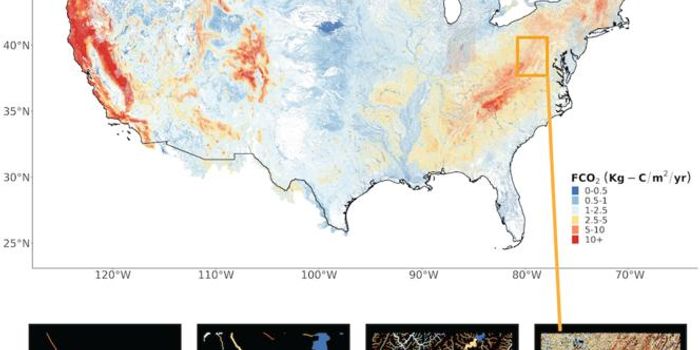The Future of Flooding
In the wake of recent flooding on the east coast as a result of Hurricane Ida, many people are wondering what the future holds with regards to flooding events. Extreme weather like floods, droughts, and wildfires are strongly connected to the changing climate. Flooding during storm surges, particularly in coastal cities, is one of the most costly and deadly natural disasters that can occur. And they are occurring more frequently than ever. It seems like every year there is a significant flooding event somewhere that causes millions, if not billions, of dollars of damage and takes human lives.
Assessing the risk of future floods will become ever more important as the climate continues to change. What were once 100-year storms are predicted to occur every 5-10 years in this century. Coastal cities are particularly vulnerable as climate change causes sea levels to rise, which will make flooding events far more dangerous. One of the main drivers of the increasing damages from flooding is the way we develop land. Oftentimes, policies encourage development in areas at risk of flooding, when we should be more thoroughly evaluating the potential risk of future floods in those areas, and disincentivizing development there. Many of these policies and plans for the future of development were formed many years ago, before we thought to include increase flood risk as a factor.
Studies show that flooding events disproportionately affect socioeconomically and racially marginalized communities. This is because many of those communities were previously discounted and not thought about when designing cities. These communities are also the least resilient to flooding damage, as they have the least capital to rebuild, increased exposure to flooding, and reduced access to protective resources.
Some of the things we can do to increase our resilience to flooding include re-evaluating our development plans, building our homes, roads, and businesses away from historical or future floodplains, remove impermeable surfaces like concrete where possible, restore wetlands and streams to their original function as water delivery systems and catchments, and address climate change aggressively.
Sources:
Natural Hazards, Binghamton University, Climate Risk Management, and the Stevens Institute of Technology










